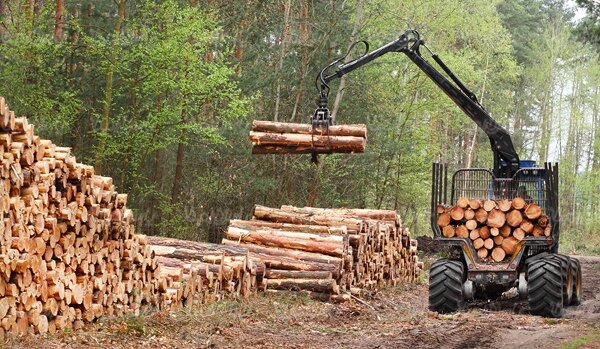New plan replaces banned exploitation of endangered Hyrcanian Forest

TEHRAN – A new plan on sustainable management of Hyrcanian Forest and natural resources has been prepared; through which exploitation of the endangered forest will re-continue in line with sustainability, deputy director for the Forests, Range, and Watershed Management Organization has announced.
The new plan will substitute for the “breathing plan” which banned any wood exploitation in the endangered forest, ISNA quoted Mohammad-Ali Fakhari as saying on Monday.
In January 2017 in line with the laws regulating all aspects of policy making and project managements with regard to environmental factors Majlis [Iranian parliament] has prohibited any exploitation of endangered forest by the fourth year of implementing the sixth five-year national development plan (2016-2021).
With 157 MPs voting for the bill, exploitation of forests for commercial and industrial purposes will be brought to a halt by 2020. By that time all exploitation contracts will be expired and none will be renewed.
All exploitation projects will be banned with the exception of broken branches, fallen or damaged trees which can be only authorized by the Forests, Range, and Watershed Management Organization.
Under the plan, wood logging will re-continue but only in the reforested areas; not on those natural ones, Fakhari noted.
The plan will go into effect by the next two years, he further highlighted.
It consists of two phases, first is basic scientific studies which investigates the ecological, social and economic potential of the natural resource, and then land use changes with no environmental consequences will determined, he explained.
He went on to add that finally, through the second phase, a comprehensive action plan is prepared.
In the sustainable management of Hyrcanian Forest plan, all the capacities of the natural resources and the watershed are used, not merely logging, he said, adding, the previous plan managed all the northern forests using a common approach, but the new plan is in accordance with the ecological, economic and social potential of each region of the northern forests.
Unfortunately, in the past, there was a multi-management system that could somehow be interpreted as mismanagement, but the alternative plan will propose an annual action plan for each watershed, he added.
The forest must be managed in a way that preserves its natural shape and ensures ecosystem stability, he stated.
Referring to logging according to the new plan, he said that the purpose of the plan in not producing wood, but it is to improve forest health; so that logging is allowed if the region’s ecosystem can bear wood harvest; while only in reforested areas.
Broken branches, fallen or damaged trees due to increasing wildfire risk are also included in exploitation, Fakhari noted.
Pointing to the forests infected with pests and diseases or prone to wildfire, Fakhari said that all of these areas will be identified and different plans will be drawn up to overcome the issue.
He concluded that the sustainable management of Hyrcanian Forest plan is to elicit cooperation of local communities for forest management.
Yousefali Embrahimpour, commander of the protection unit of natural resources and watershed management department of West Azarbaijan province said in February that the law banning exploitation of endangered forests in northern part of the country has led to illegal smuggling of logs; the lack of forest forces, not enforcing laws and low fines were the other factors led to illegal timber smuggling.
Over the past decade generally some 10 tons of smuggled log have been seized, but the number have grown 15-fold this year, he added.
Recently designated as a World Heritage site by UNESCO, the Hyrcanian Forest cover the northern slope of the Alborz Mountain in Iran at the southern edge of the Caspian Sea and it contains very rich ecosystems due to the particular orographic and climatic situation (precipitation rich, warm-temperate, high moisture from the Caspian Sea and damming effect of the Alborz Mountain range).
According to UNSESO, the forest contains the most important and significant natural habitats for in-situ conservation of biological diversity, including those containing threatened species of outstanding universal value from the point of view of science or conservation. It also contains superlative natural phenomena or areas of exceptional natural beauty and aesthetic importance.
FB/MG

Leave a Comment